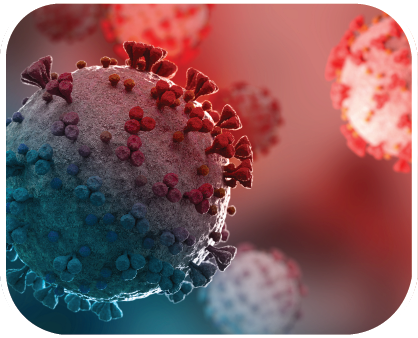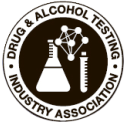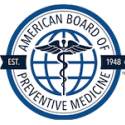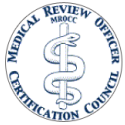COVID-19 Protocols
You can protect your family and friends by self-isolating after being exposed to the SARS-COV2 virus. But how do you know when it’s okay to go home or return to work? Review the tips below, and always discuss your isolation protocol with your medical caregivers and follow their instructions closely.
Isolation Protocols
Always check the CDC Guidelines for the latest recommendations. Here are some key points to help you understand when to end isolation:
- Adults and kids with symptomatic SARS-CoV-2, which causes COVID-19, can discontinue isolation 10 days after symptoms first appear and if at least 24 hours after fevers have ended.
- Did you require intensive care, hospitalization, ventilation support or other treatment for severe illness due to COVID-19? Speak with your doctor regarding additional precautions for your particular case.
- Do you have asymptomatic COVID-19? Maintain isolation and precautions for 10 days after your first positive test.
- Keep in mind that recovering COVID-19 patients can have SARS CoV-2 RNA in upper-respiratory specimens for 3 months after first becoming sick. However, infection is not likely. Hence, using negative testing as a requirement to determine when to end isolation may not always be helpful.
What About Post Covid-19 Symptoms?
The term “Post-COVID Conditions” or “Long-COVID” refers to physical and mental health issues arising four or more weeks after SARS-CoV-2 infection. Previously asymptomatic patients may also develop these delayed conditions.
Many post-COVID conditions can be handled by your primary care provider and will not require emergency or specialty care. Make sure to discuss all your symptoms with your PCP to help understand whether they might be related to your SARS-CoV2 infection or due to other illness
Looking beyond the lab results and other testing, medical providers should consider other assessments of a patient’s well-being. For example, lack of lab or imaging results does not invalidate the patient’s symptoms or conditions.
You and your health care providers should work together toward establishing achievable goals related to your specific symptoms or conditions. It’s important to have a management plan addressing your unique physical, social, and mental health needs and well-being.
Medical professionals are still struggling to understand potential post-COVID conditions. Guidelines will continue to change as evidence accumulates and our understanding evolves.
Trusted resources for SARS-CoV2 tracking include Johns Hopkins COVID-19 Map and the WHO Coronavirus (COVID-19) Dashboard.
The Washington DOH has up-to-date information on COVID testing and vaccination sites, as well as other hotline options:
Helpful Links
CDC Guidelines for Businesses and Employers: COVID-19 Guidance: Businesses and Employers | CDC
Calculate your isolation period with the Washington COVID-19 calculator link: Calculator :: Washington State Department of Health
Case Investigation and Contact Tracing: Case Investigations and Contact Tracing : Washington State Department of Health
Department of Health website: link https://www.doh.wa.gov/
Electronic vaccine card: Digital COVID-19 Vaccine Record (wa.gov)
Vaccination Center locator: COVID-19 :: Washington State Department of Health
Washington State Coronavirus Response (COVID-19): Washington State Coronavirus Response (COVID-19)








